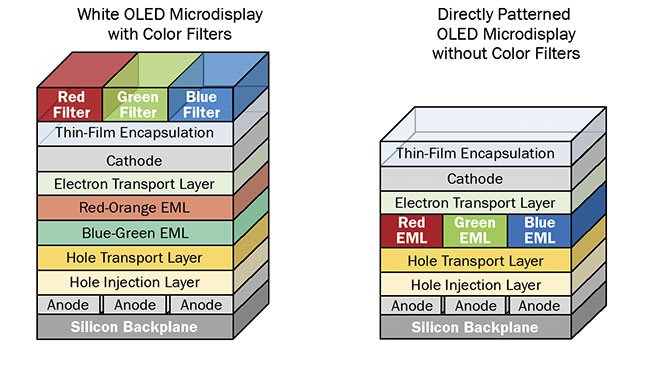Photonics Shapes the Worlds of Augmented and Virtual Reality
... advancements in photonics are helping to expand the use of smart glasses in educational, medical, military, and industrial settings.
According to technologists and end users, what’s needed to sustain and accelerate this growth are brighter light sources, more efficient delivery optics, and better eye-tracking sensors. Also on the wish list are systems with lower weight, more compact form factors, and reduced cost. These requirements apply both to virtual reality (VR) headsets that immerse users in a digital world and to augmented reality (AR) glasses or displays that superimpose digital data over real-world scenes.
...
When it comes to light engine resolution, he said that a large field of view (for example, over 100°), with at least 40 pixels per degree, can produce a truly immersive experience for viewers. Such a light engine would require more than 4000 pixels on a side, while still being small and light enough for an AR/VR headset.
Light engines require a certain baseline intensity to account for losses along the optical path and, in the case of see-through AR systems, to overcome ambient light. But the ability to modulate and control brightness is just as relevant. Rapid head or eye movements can result in a smeared AR/VR image for viewers. “The only way to avoid that is that I have the light from the display on for only a portion of the frames,” Sculley said.
See the full story here: https://www.photonics.com/Articles/Photonics_Shapes_the_Worlds_of_Augmented_and/a67240

Pages
- About Philip Lelyveld
- Mark and Addie Lelyveld Biographies
- Presentations and articles
- Tufts Alumni Bio